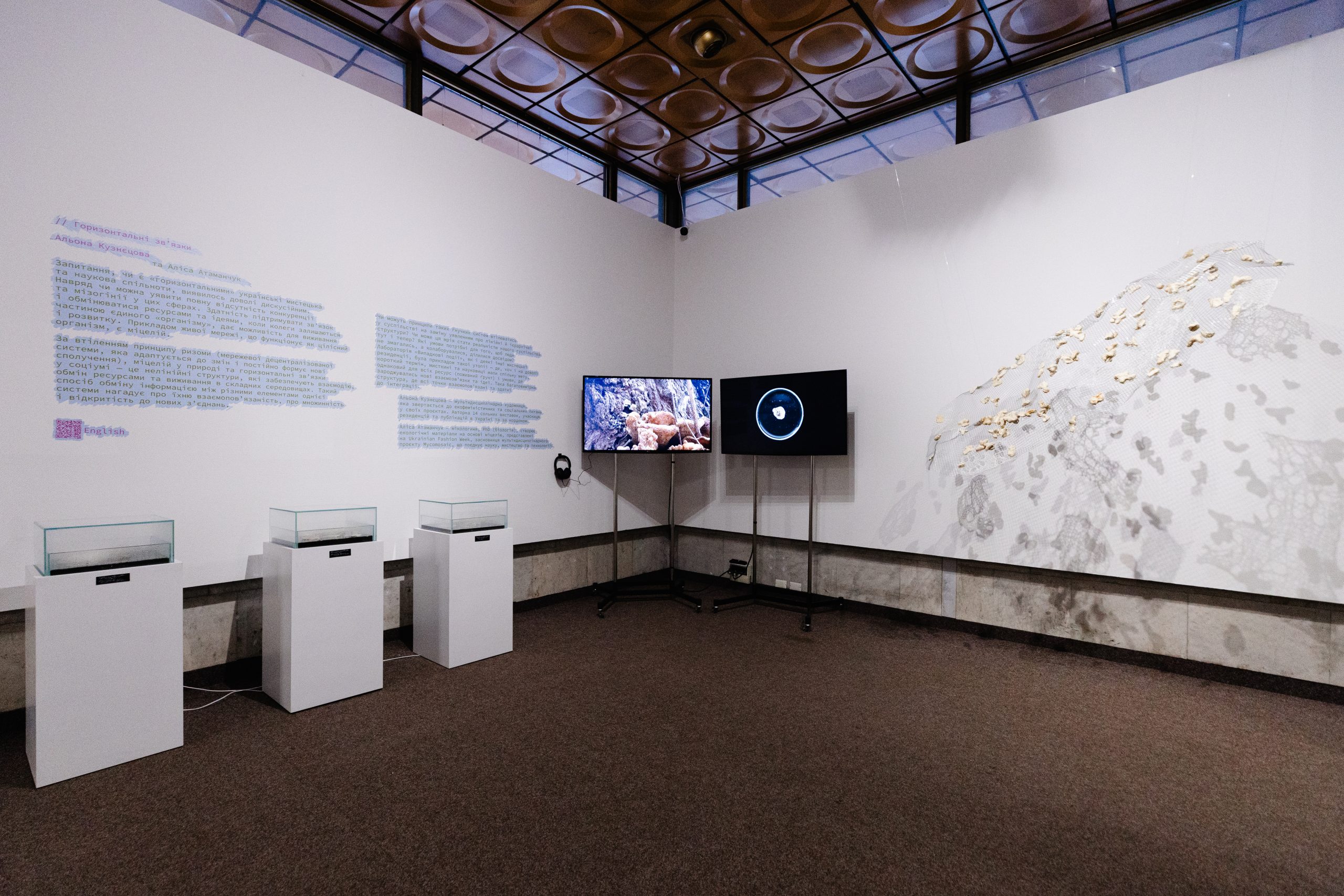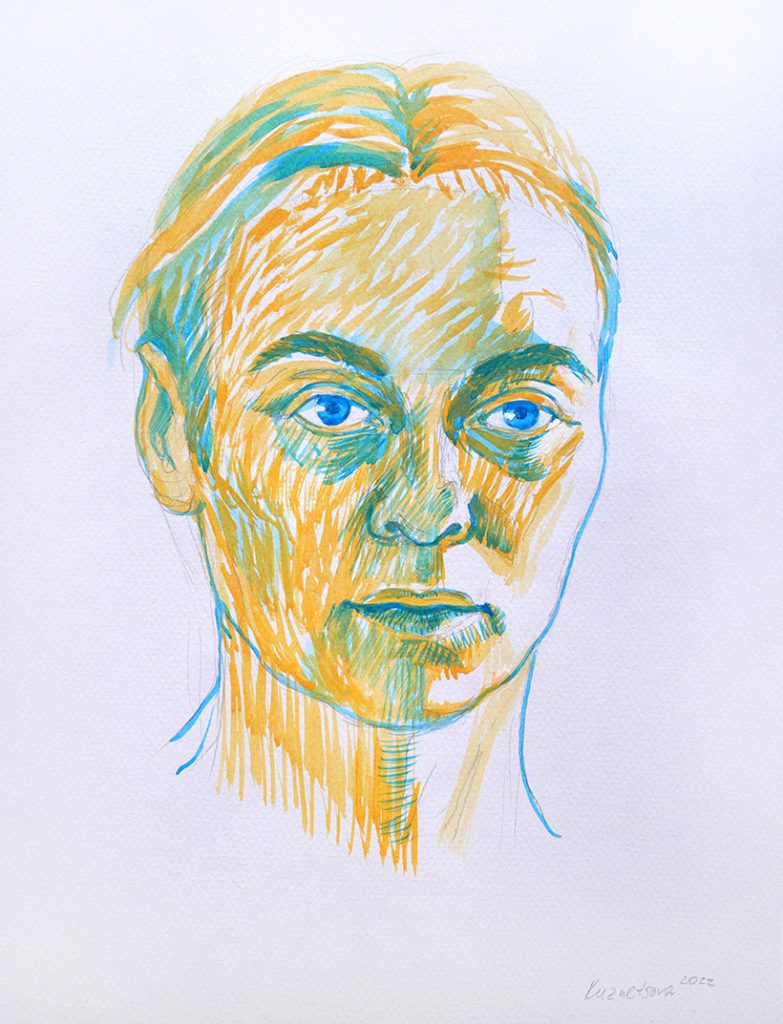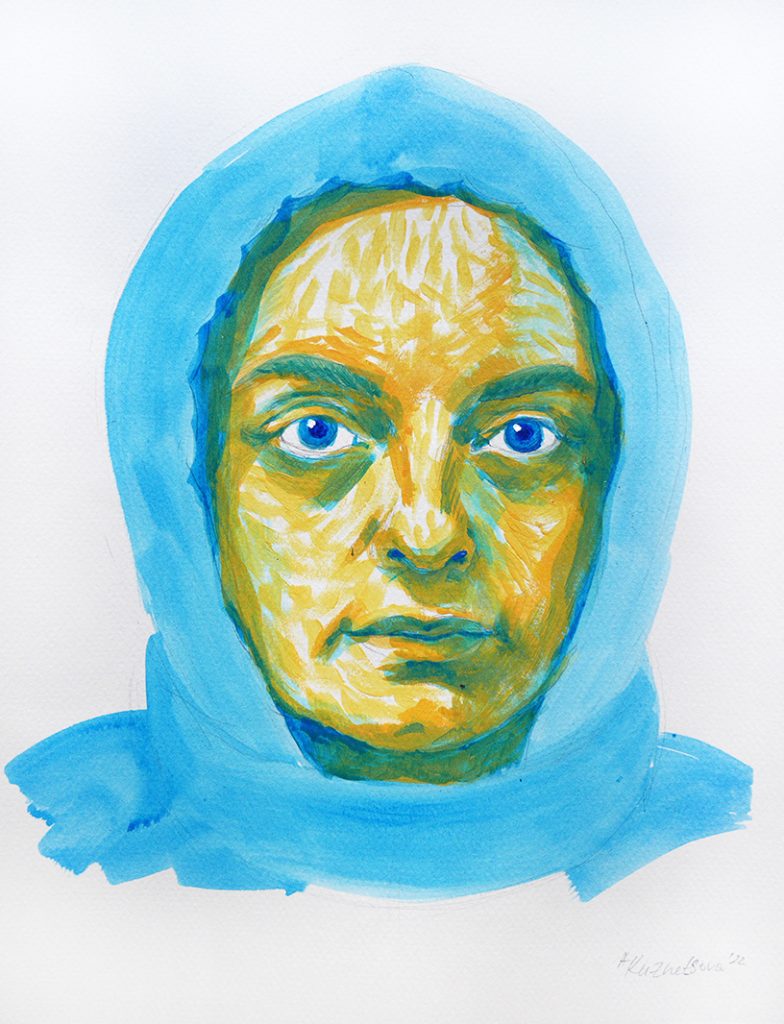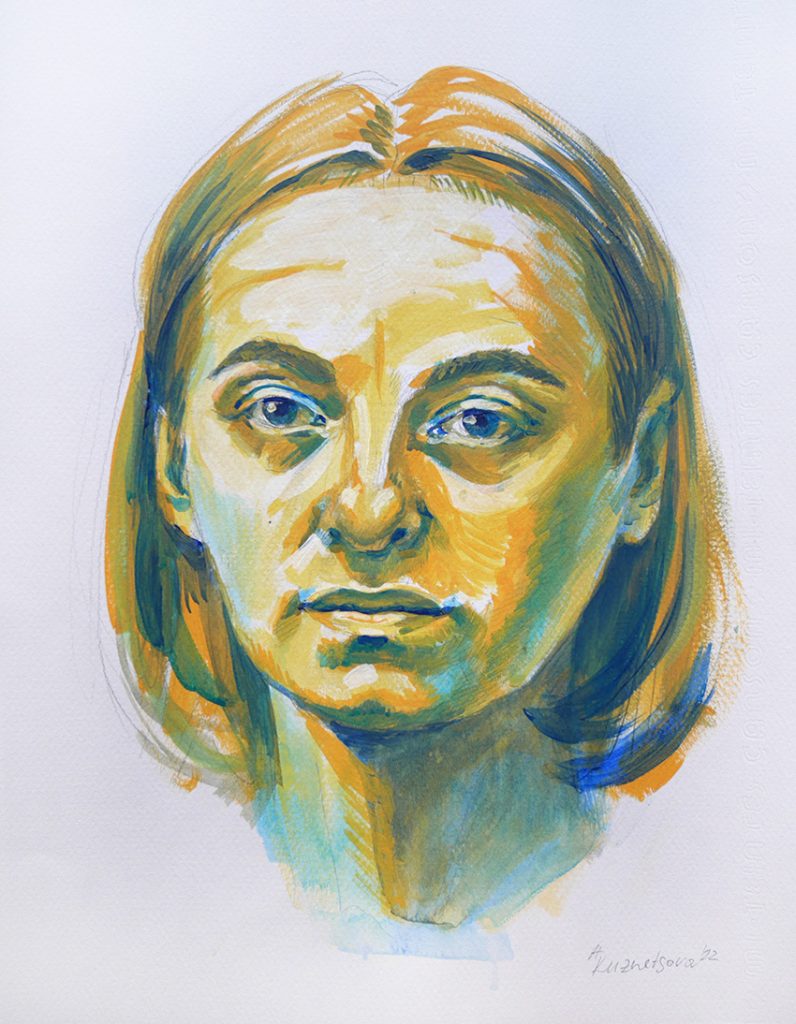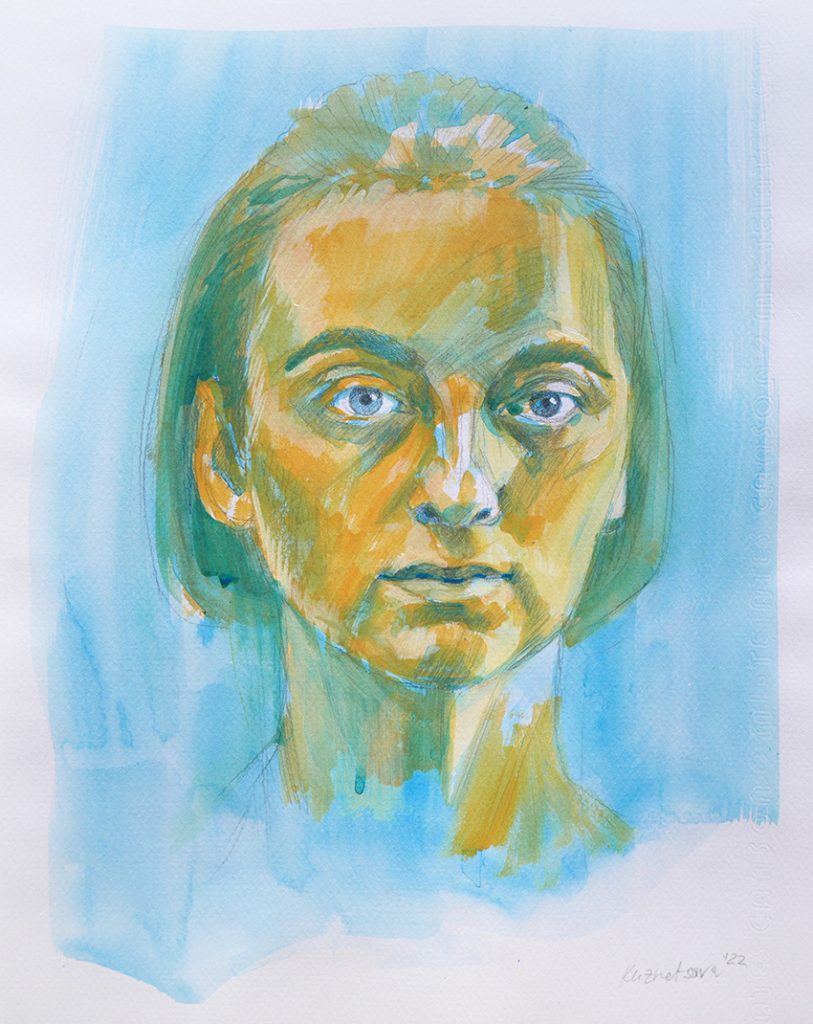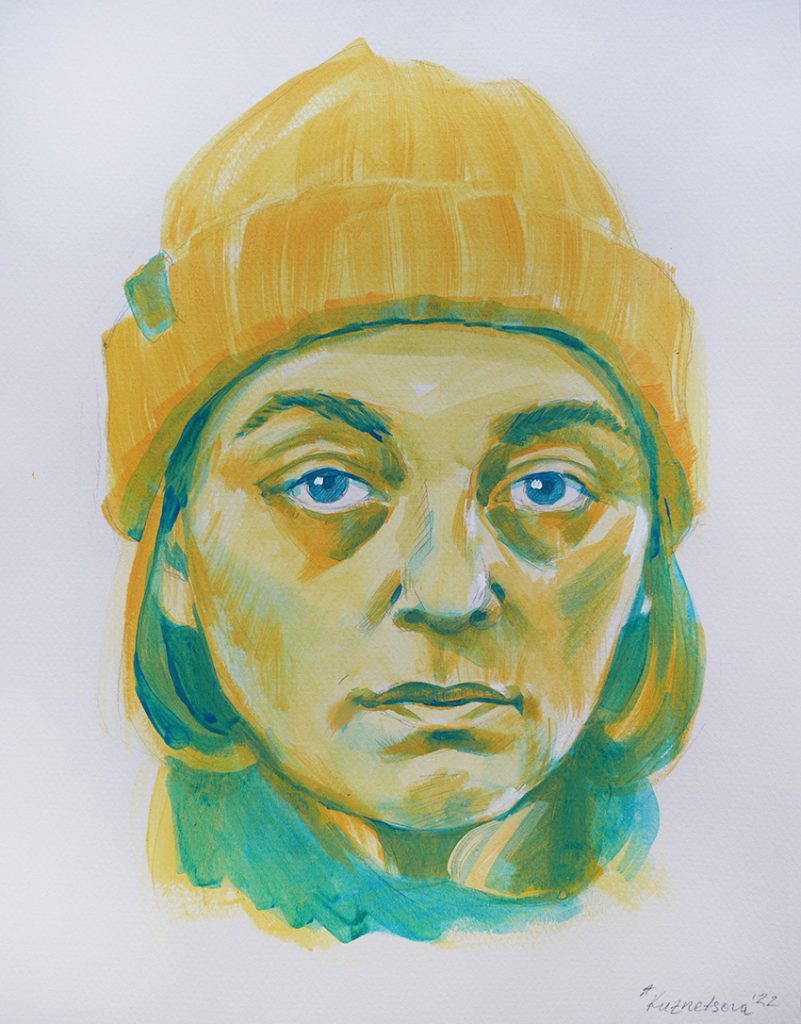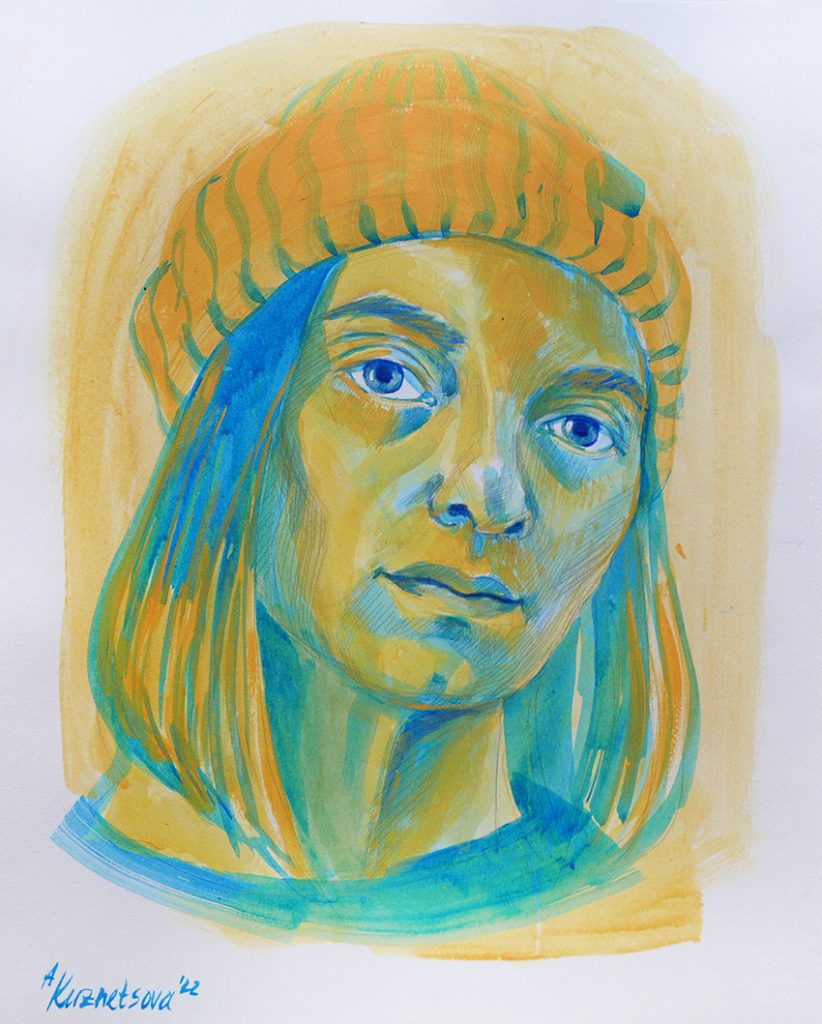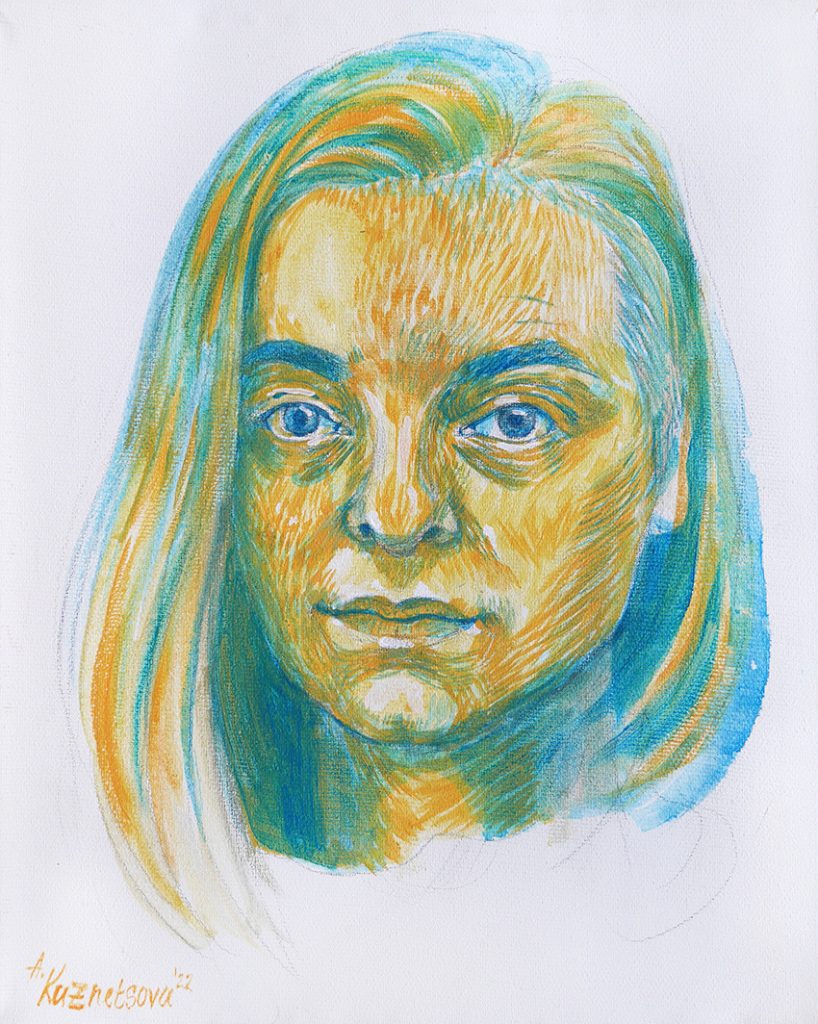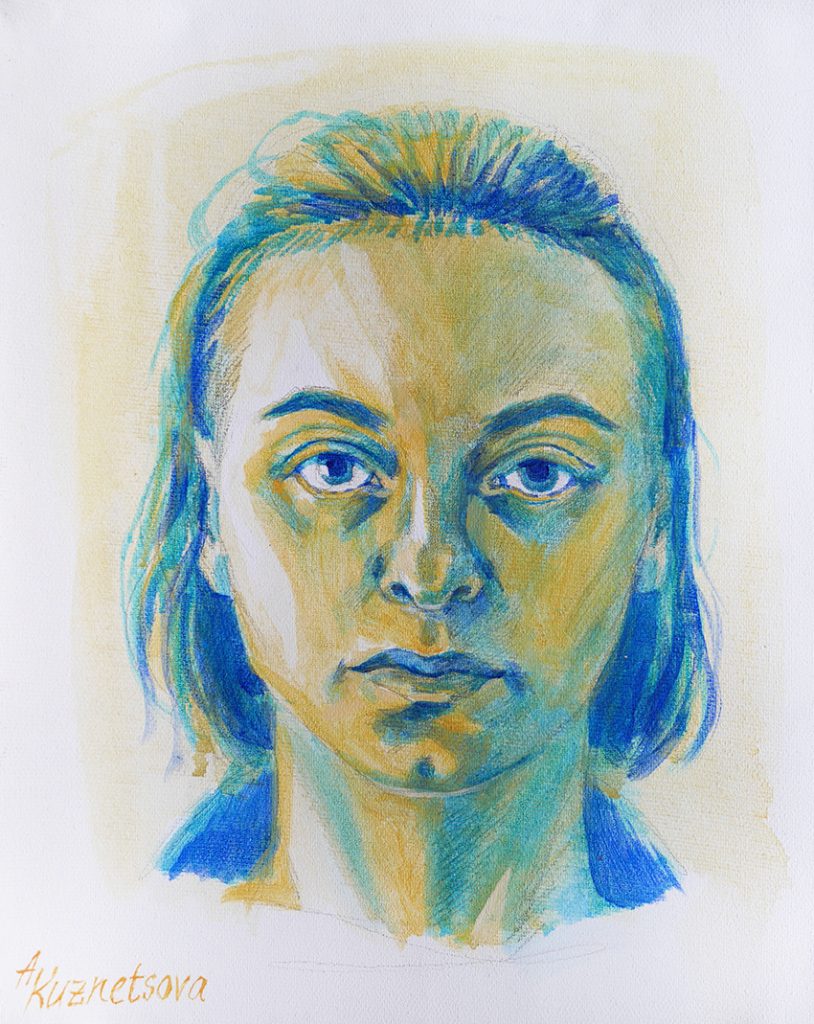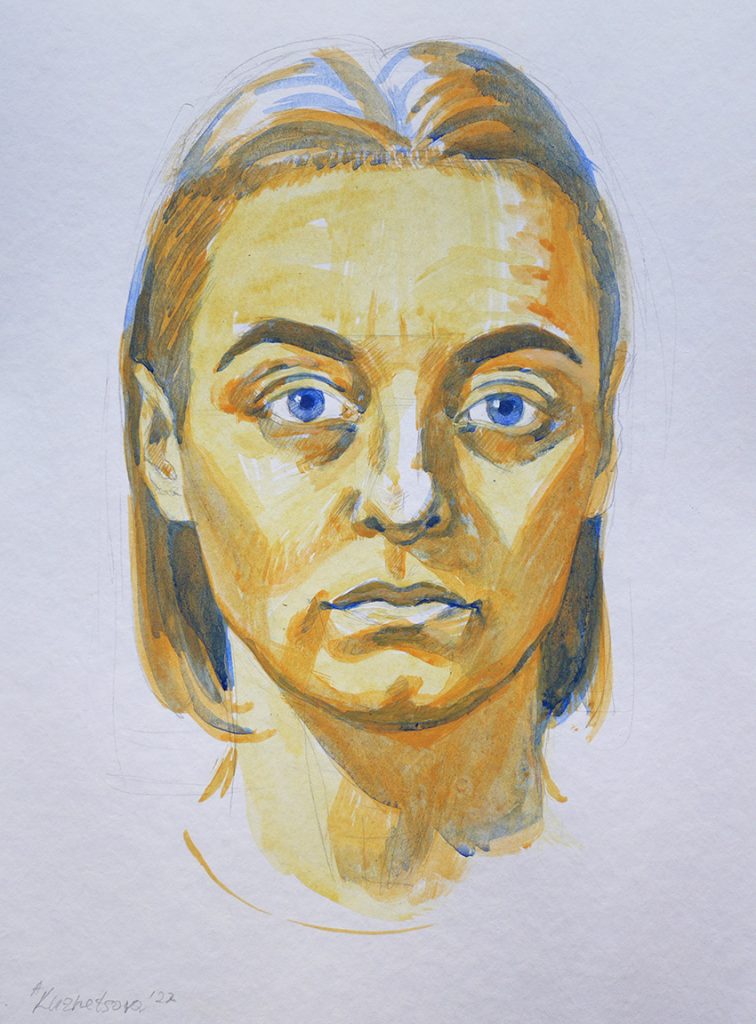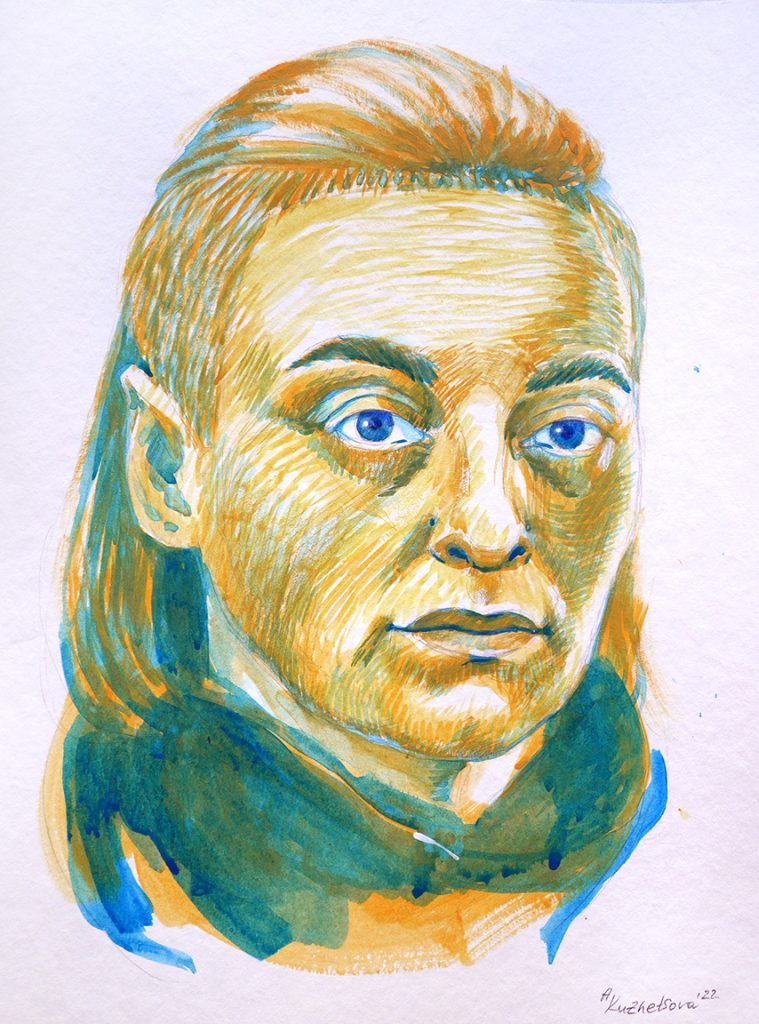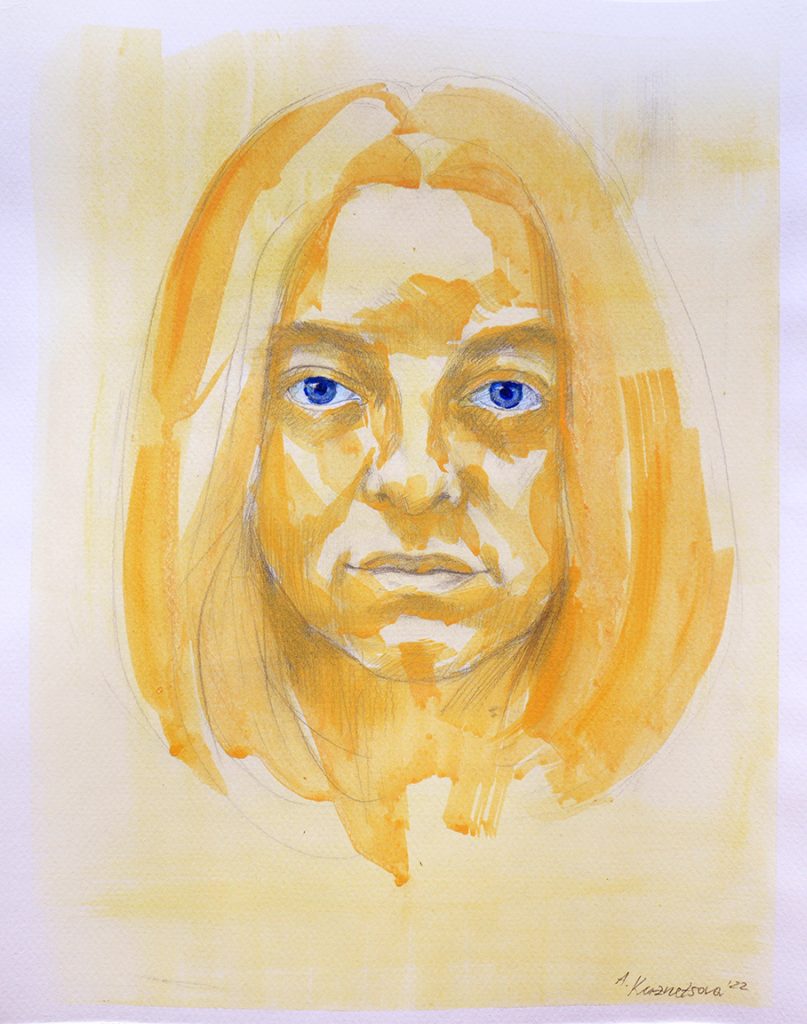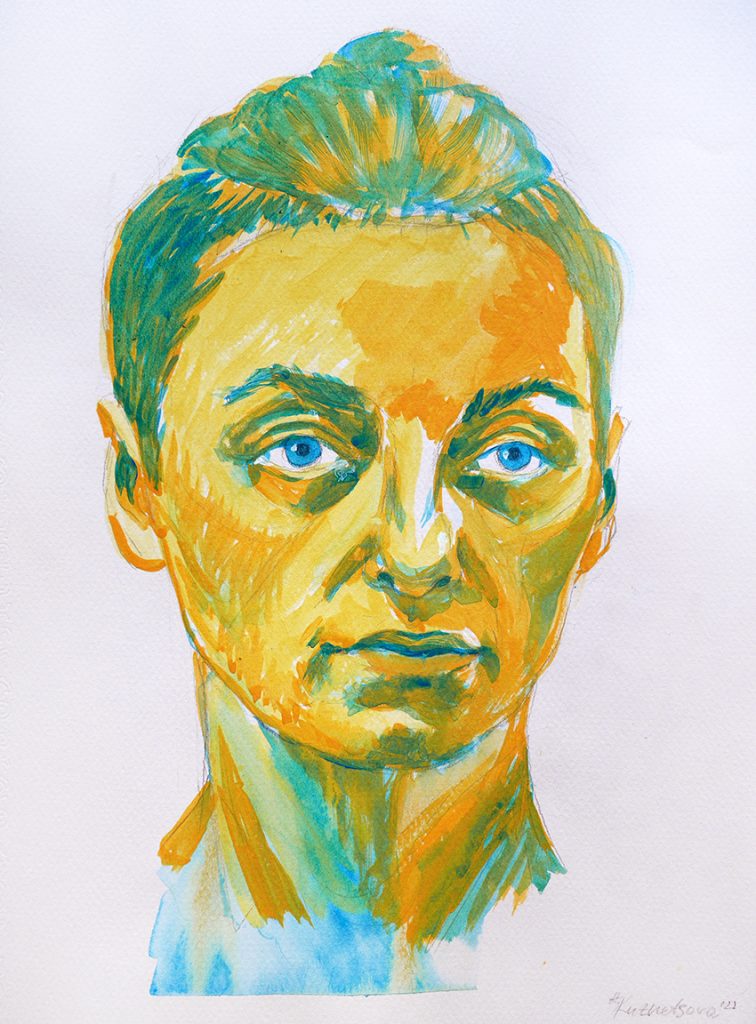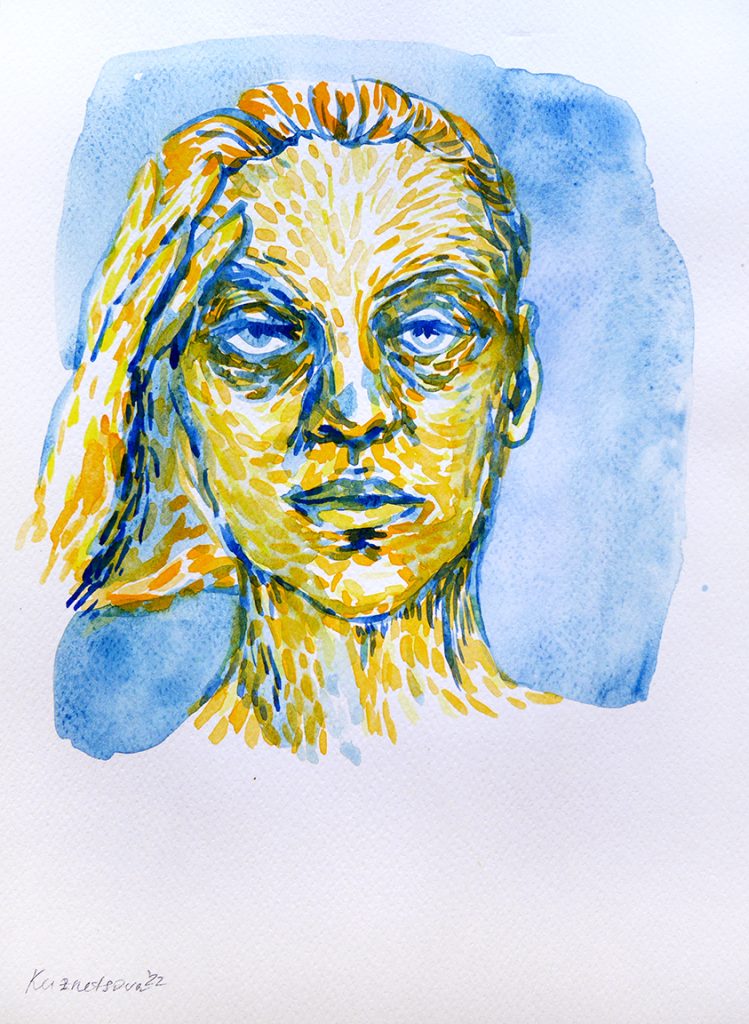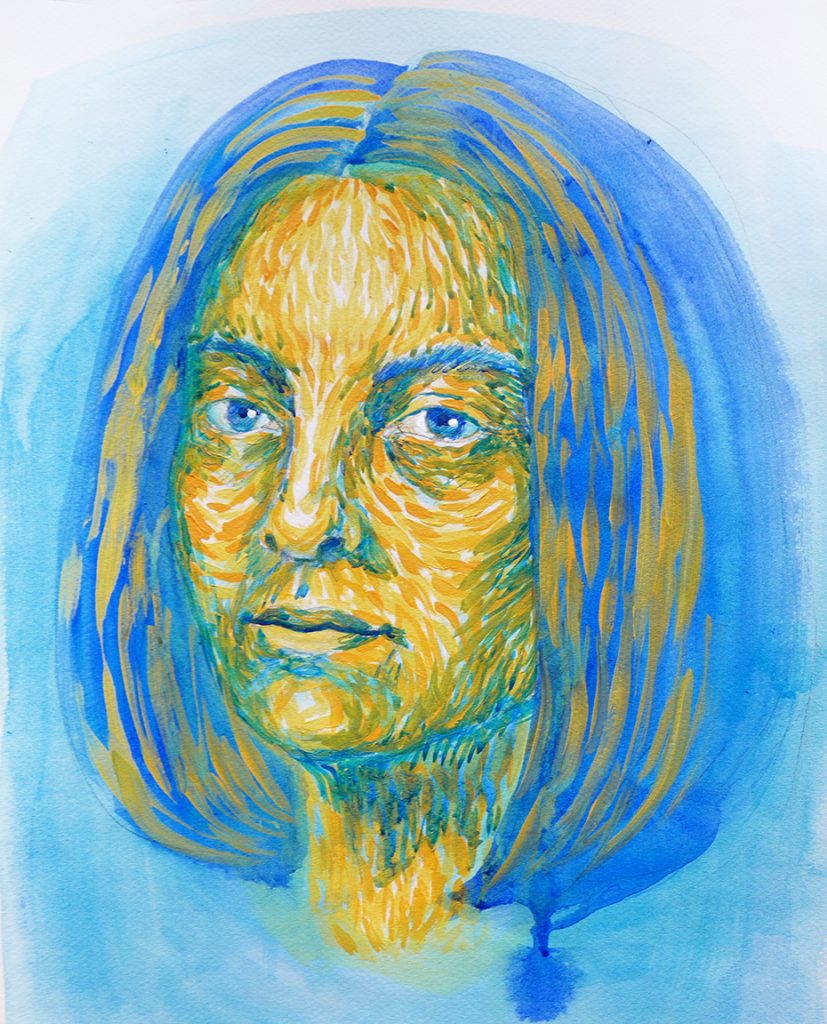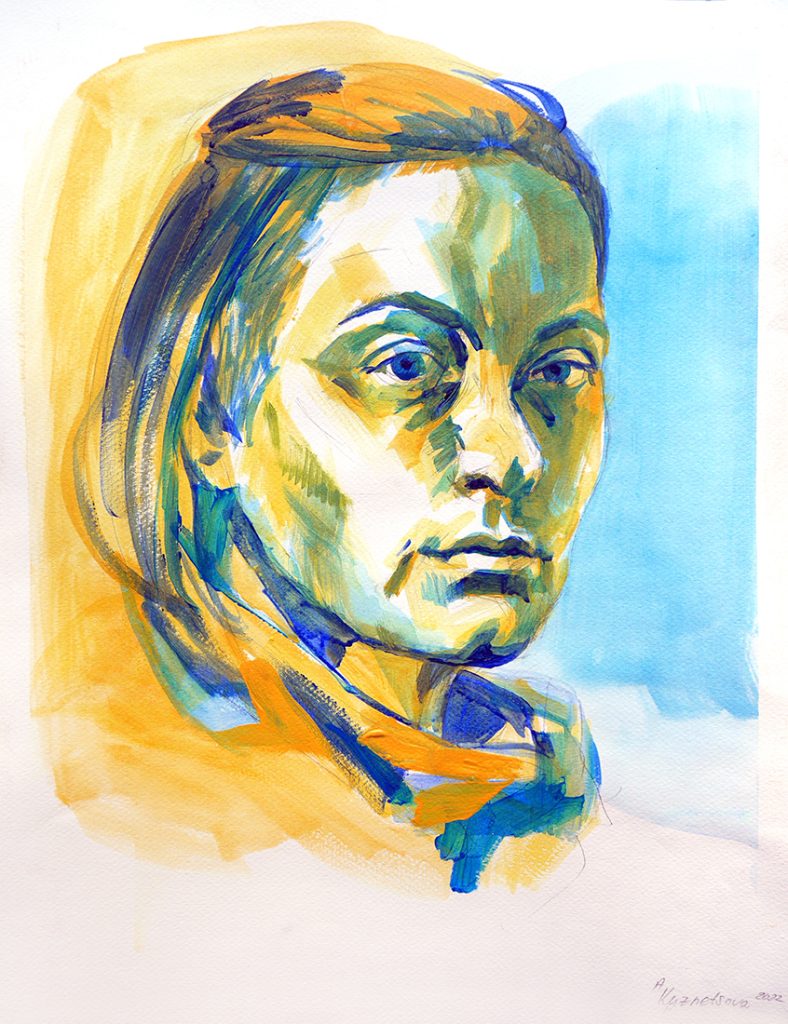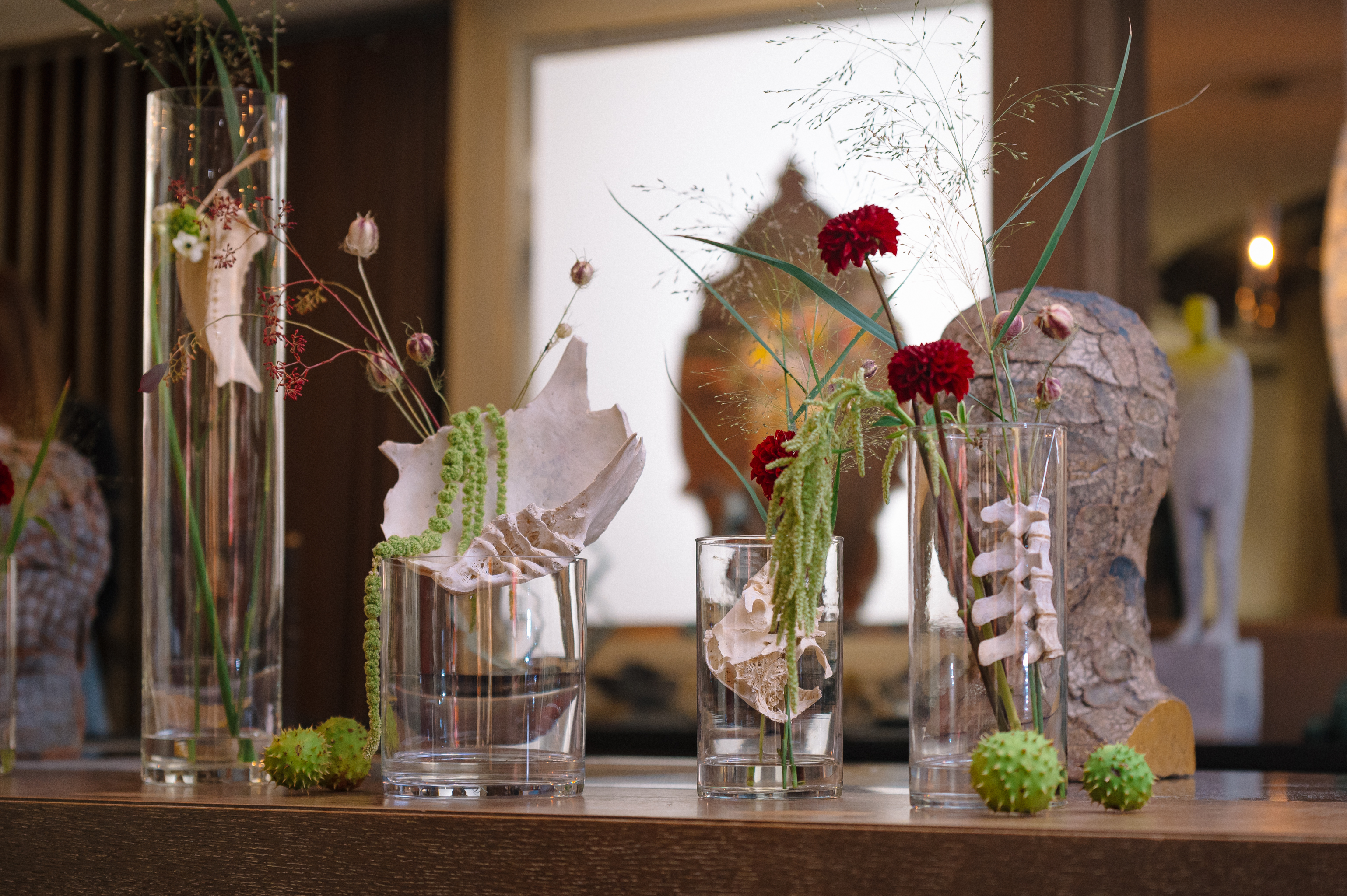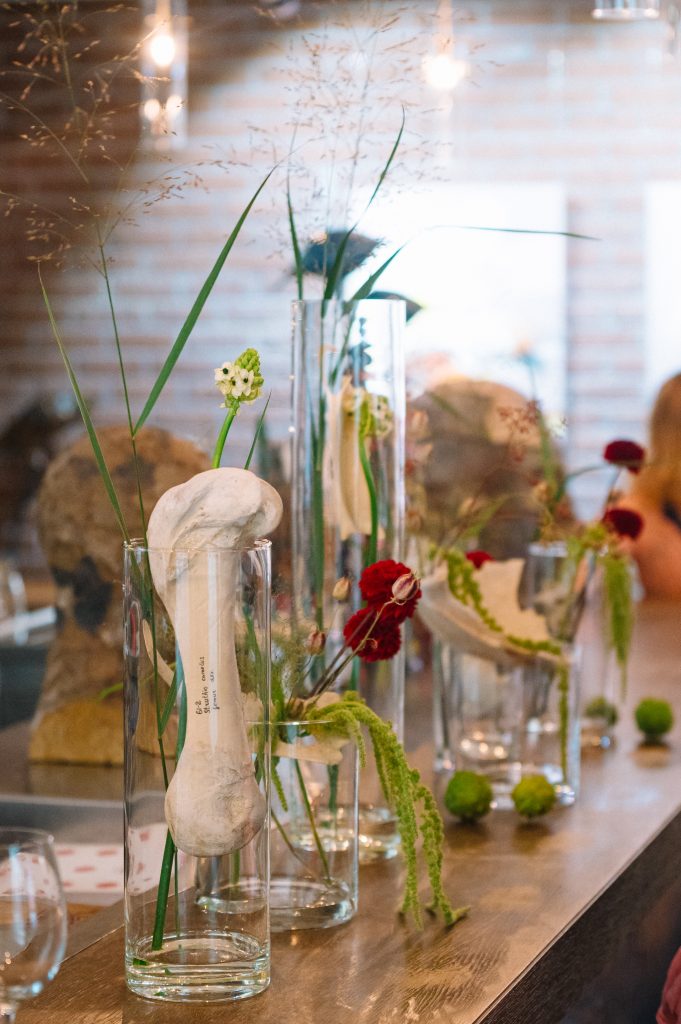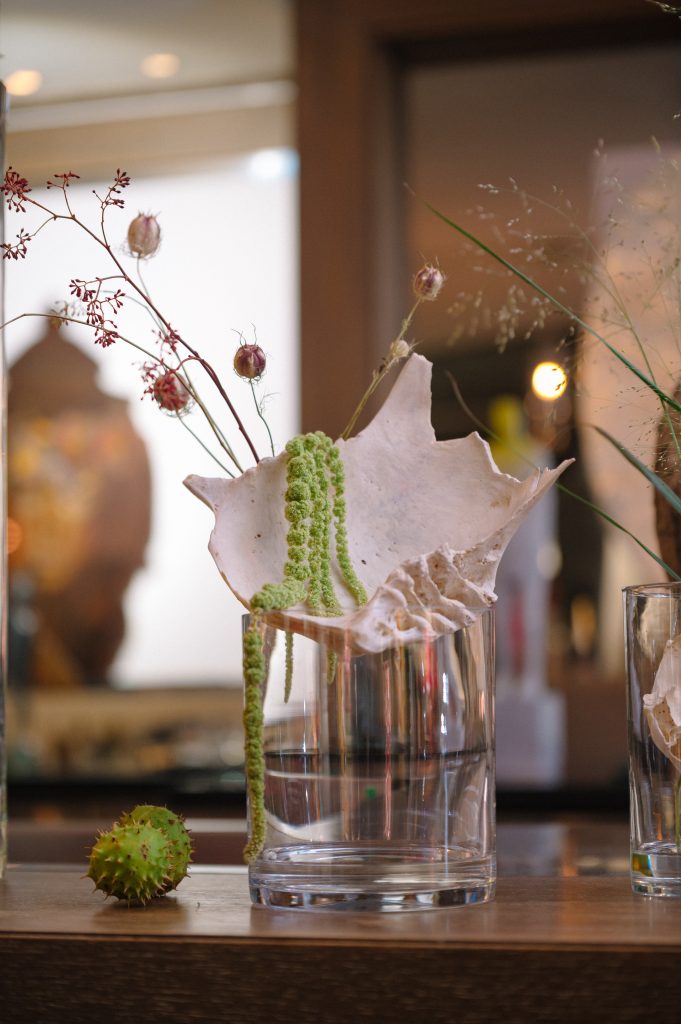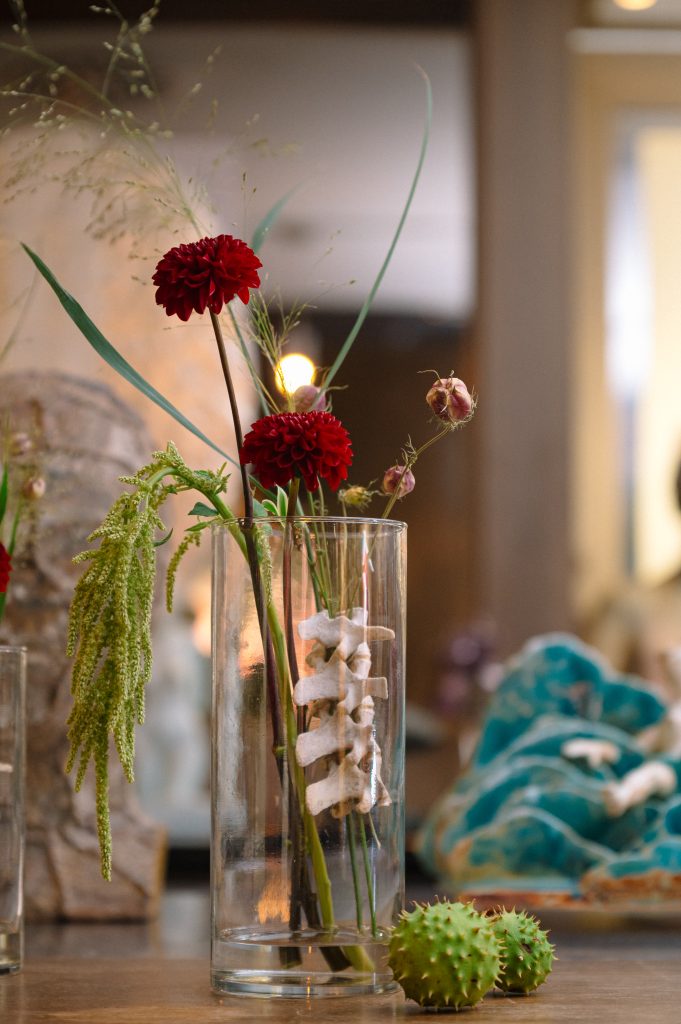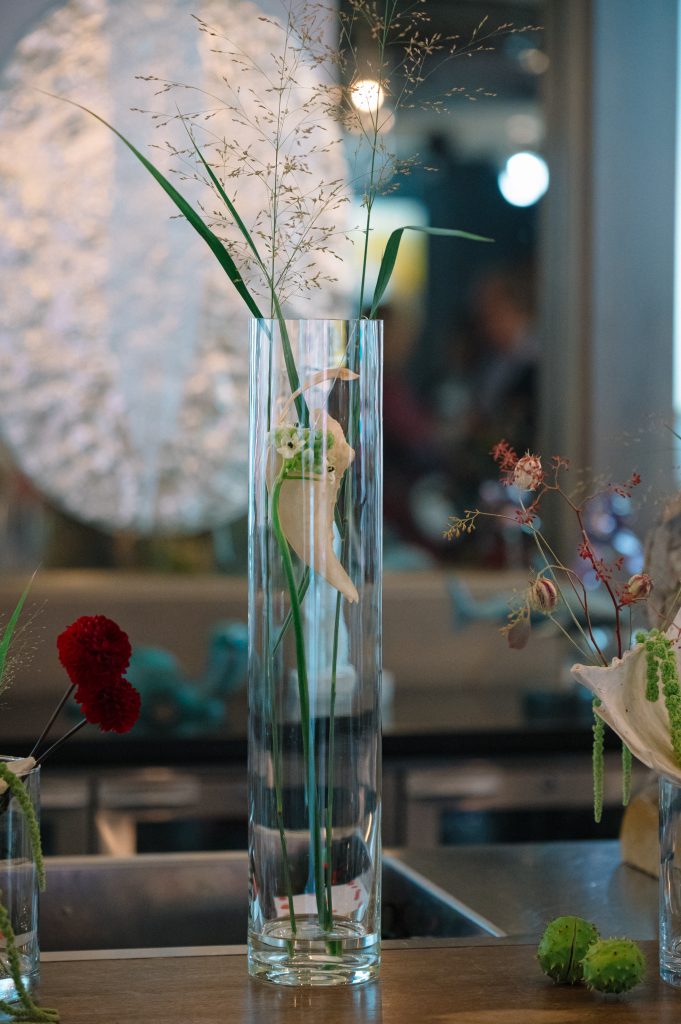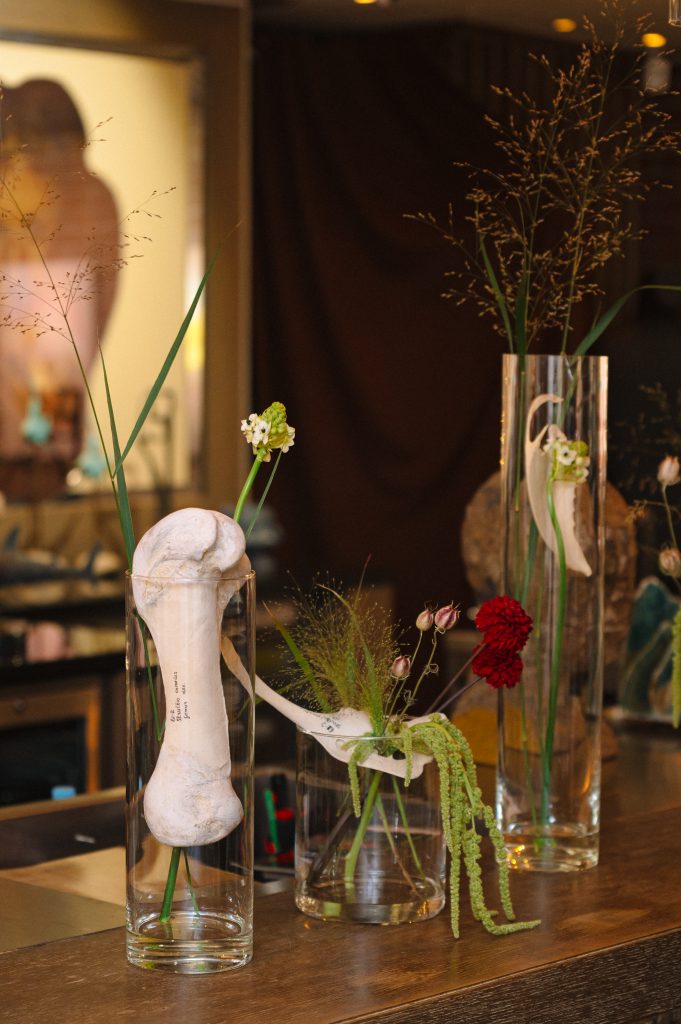Projects
Горизонтальні зв’язки | Horizontal links
Mycologist Alisa Atamanchuk & Alena Kuznetsova artist within Serendipitous Events science art laboratory and show by Port of Culture.
Grow boxes with mycelium, 2-channel video, and installation with mycelium elements.
Special thanks to the partners: @_unfpa_ukraine_ @euinua @heforshe_ukraine
Welcome till 16.03 at @ukrainskyi_dim
Питання, чи є “горизонтальною” українська мистецька та наукова спільнота, виявилось доволі дискусійним, адже навряд чи можна уявити повну відсутність конкуренції та мізогінії у цих сферах. Здатність підтримувати зв’язок і обмінюватися ресурсами та ідеями, коли колеги продовжують залишатися частиною єдиного «організму», дає можливіть для виживання і розвитку. Прикладом живої мережі, що функціонує як цілісний організм, є міцелій.
За втіленням принципу ризоми – мережевої децентралізованої системи, яка адаптується до змін і постійно формує нові зв’язки, міцелій у природі та горизонтальні зв’язки у соціумі – це нелінійні структури, які забезпечують взаємодію, обмін ресурсами і виживання в складних середовищах. Такий спосіб обміну інформацією між різними елементами однієї системи нагадує про їх взаємопов’язаність і акцентує множинність і відкритість до нових з’єднань. Чи можуть принципи таких гнучких систем втілюватись у суспільстві на заміну уявленням про лінійні й ієрархічні структури?
Чи може ця мрія стати реальністю нашого суспільства тут і тепер? Які умови потрібні для того, щоб люди не змагались, а колаборували, ділилися досвідом? Лабораторія Випадкові Події, як втім і деякі інші мистецькі резиденції, – була прикладом такої утопії, де, хоч і на доволі короткий термін, мисткині і науковиці мали спільну мету, однаковий для всіх ресурс (поживний ґрунт) і умови, де зароджувались нові взаємозв’язки та ідеї. Така собі багатовимірна структура, де всі точки взаємопов’язані і здатні до інтеграції.
En
The question of whether Ukraine’s artistic and scientific communities function as truly “horizontal” networks remains open to debate. It is difficult to imagine these fields being completely free of competition and misogyny. Yet, the ability to maintain communication, share resources, and exchange ideas — where colleagues function as part of a single “organism” — creates opportunities for both survival and growth. A compelling natural example of such a system is mycelium.
Embodied within the concept of the rhizome — a decentralized, networked system that constantly adapts and forms new connections — mycelium in nature, like horizontal connections in society, operates as a nonlinear structure. It facilitates interaction, resource exchange, and resilience in complex environments. The way information flows through such systems highlights their interconnectedness, multiplicity, and openness to new relationships.
Can the principles of these adaptive networks be applied to society, replacing rigid hierarchical structures with more fluid, cooperative ones? Can this vision become a reality here and now? What conditions are necessary for people to collaborate rather than compete, to share experiences instead of withholding them? The Laboratory of Serendipitous Events Initiative, along with other art residencies, has served as an example of such a utopian space — where, even if only briefly, artists and scientists shared a common goal, access to the same resources (a “fertile soil”), and conditions that fostered new relationships and ideas. It functioned as a multidimensional structure, where all points were interconnected and capable of integration.
Ukraine is me
Ukraine is me
Graphics, painting, 2022
Ukraine is Me is 2022 series of self-portraits in blue and yellow, done at the residency in Dublin, 2022, is a statement of self-identity, as a Ukrainian. It is an attempt of the artist to feel alive again after the beginning of the full-scale invasion of russia to the territory of Ukraine through a return to a simple academic approach in state flag colors.
self-portraits ~A3
acrylic on paper, acrylic
on canvas, 2022
Objects (Flowers or Explosions)
Live flowers, glass, and bones of birds and animals.
Objects within Flowers or Explosions show, 2023, Kyiv
Heterotopia
Heterotopia, video, 18’16”, 2019-2021
Michel Foucault introduced the concept of “heterotopia” (fr. Hétérotopie) to be able to reflect the semantic diversity, i.e. to present all the meanings embedded in the understanding of a space. Thus, heterotopia can be both a real place and a place close to a utopia, parallel to a real space (for example, a prison), the fullness and content of which allows you to bring the real place closer to the virtual. Foucault suggested, to better understand the differences in heterotopia, to imagine an image of a mirror that is similar to utopia, “…because it is a place without a place. In the mirror, I see myself where I am not – in a non-existent space, which opens virtually behind the plane.
To the river
To the river
Video, 2023
40’03”
The caustic phenomenon on the water’s surface is an ideal environment for contemplation. It resembles a web, the Internet, or mycelium, rhizome. It is also a metaphor for the impermanence of the world and changes, as well as of our worldview, life habits, and beliefs. The video also refers to the Kakhovka tragedy of 2023, which occurred due to the Russian occupiers undermining the dam of the reservoir.
In optics, a caustic or caustic network is the envelope of light rays reflected or refracted by a curved surface or object, or the projection of that envelope of rays on another surface. The caustic is a curve or surface to which each light is tangent, defining a boundary of an envelope of rays as a curve of concentrated light. The theory of caustics is directly related to one of the sections of modern mathematics — the theory of catastrophes.
The concentration of light, especially sunlight, can burn. The word caustic comes from the Greek καυστός, burnt, via the Latin causticus, burning.
Caustics occur not only in the propagation of light but also in several other wave phenomena. Ship waves can be considered caustics of gravity waves on water.




